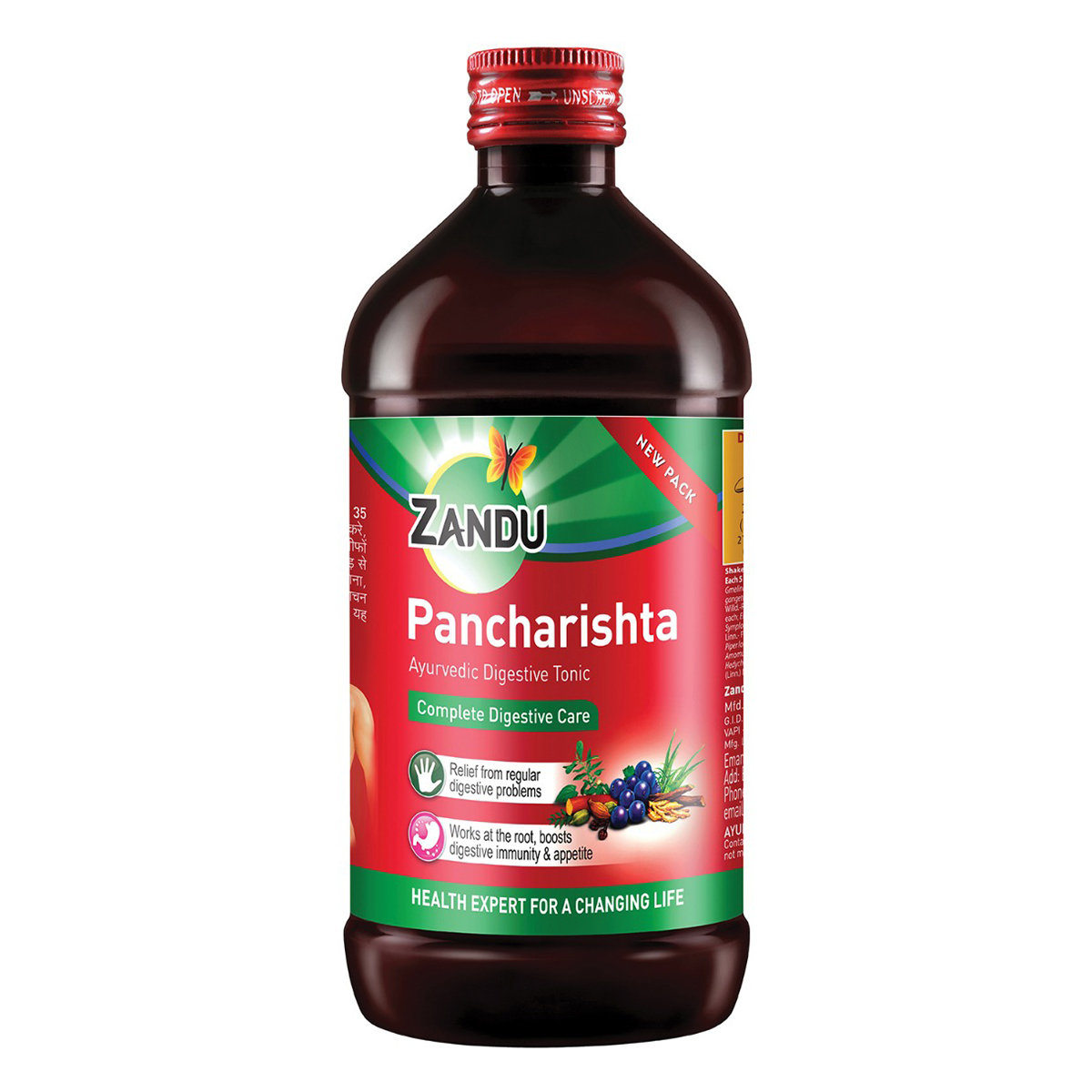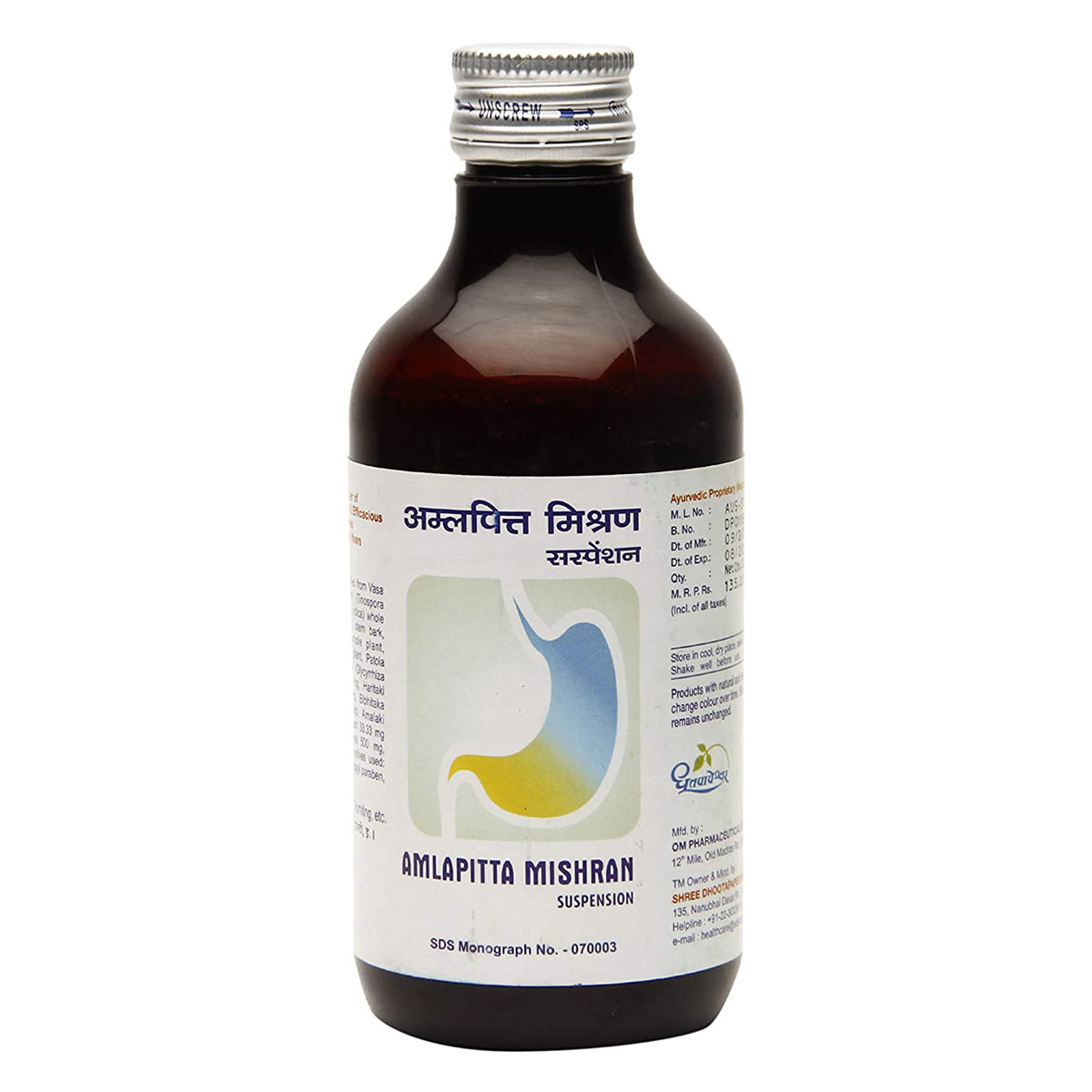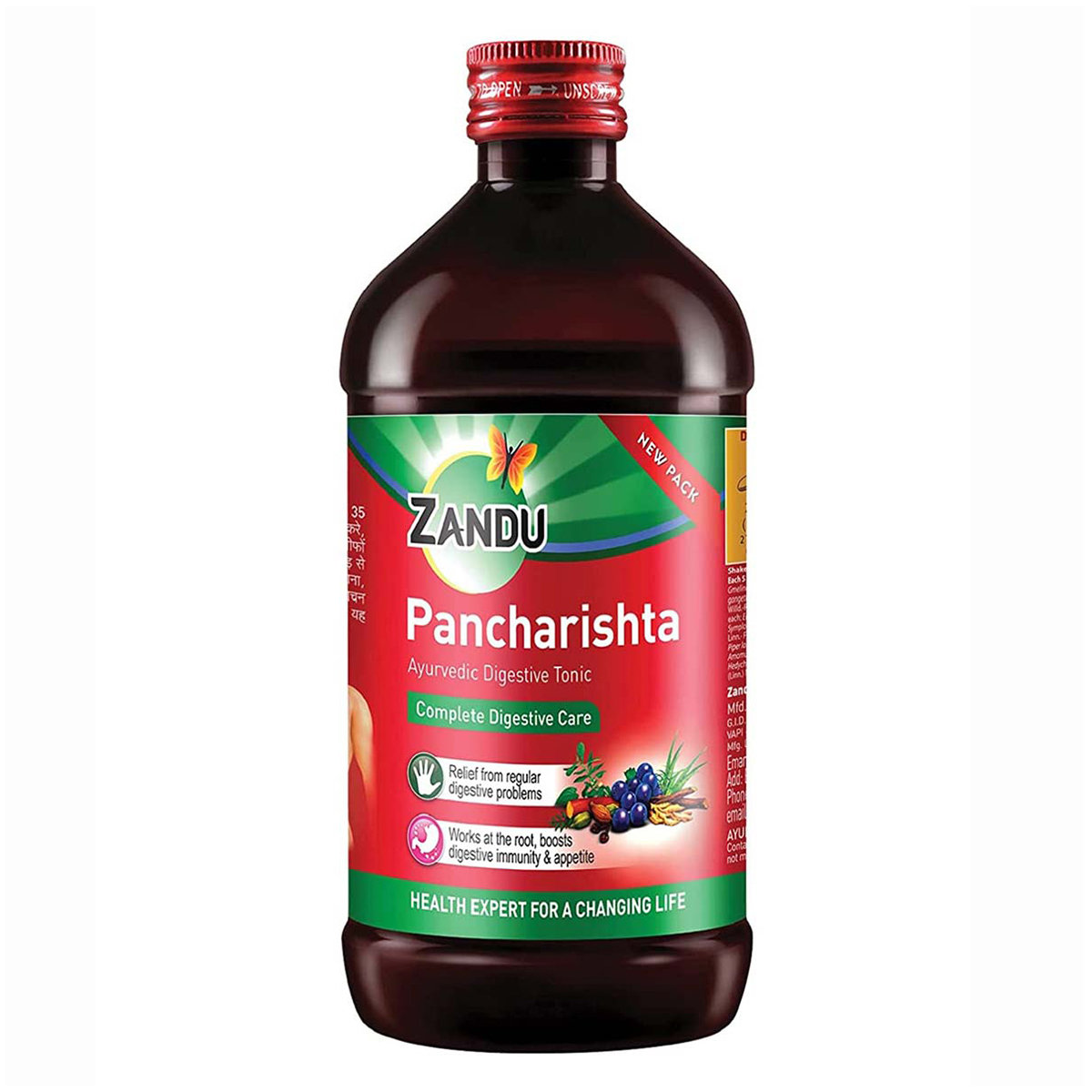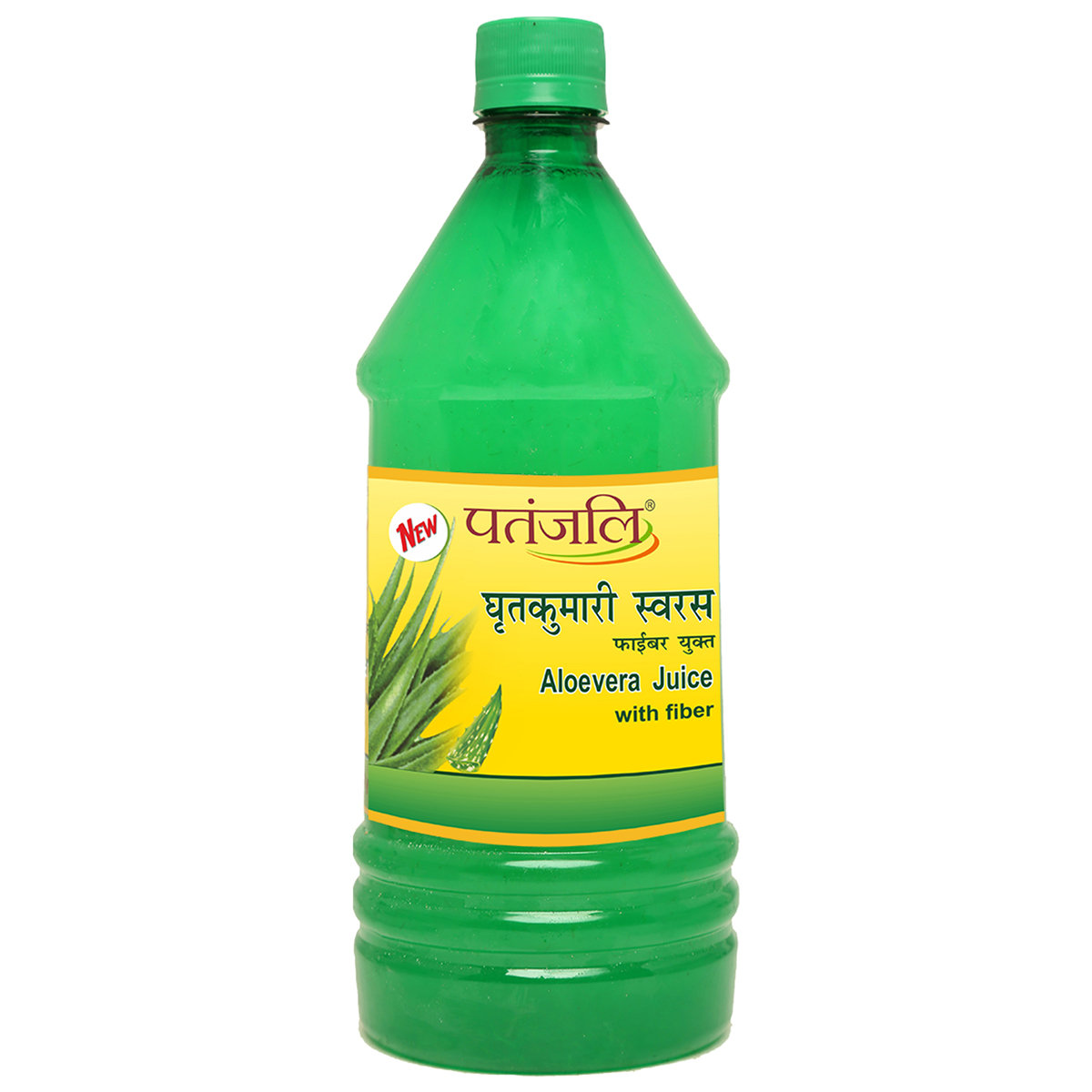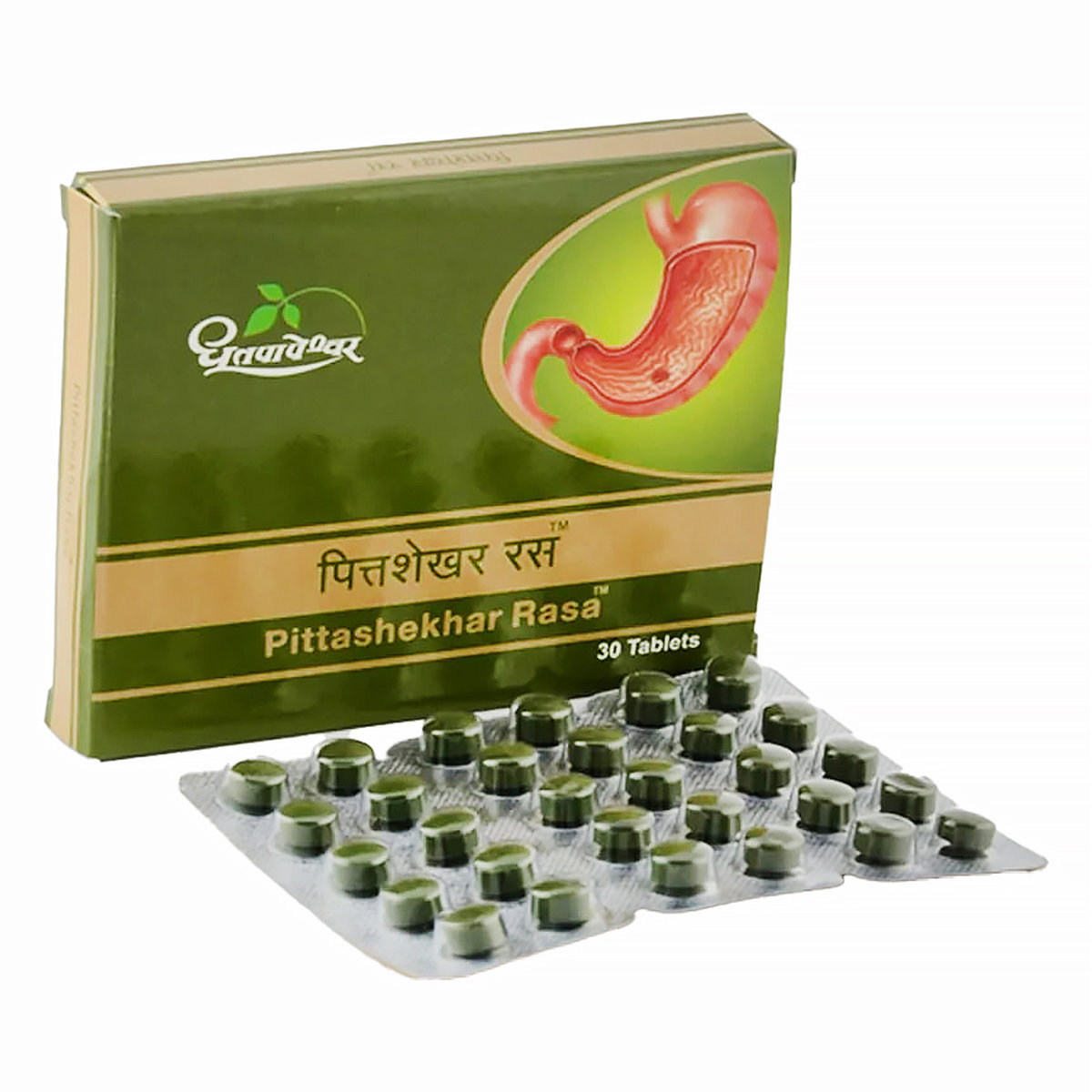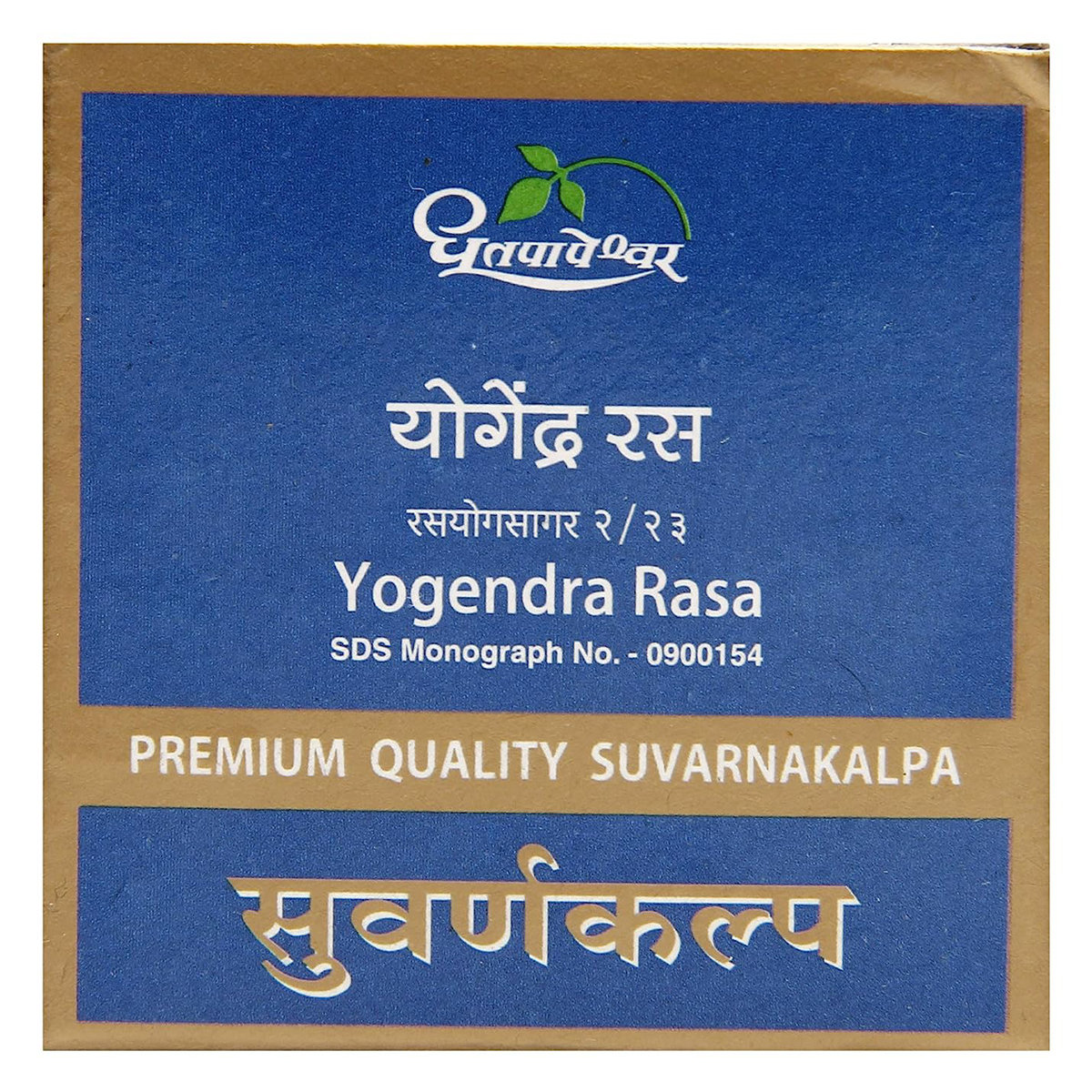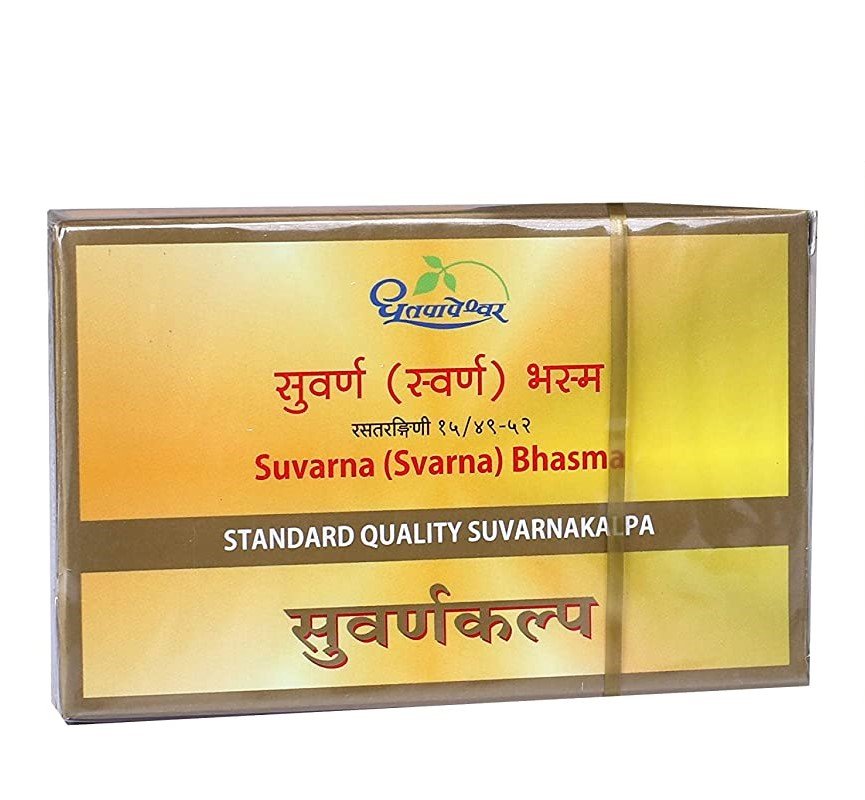Aciloc-S Sugar Free Suspension
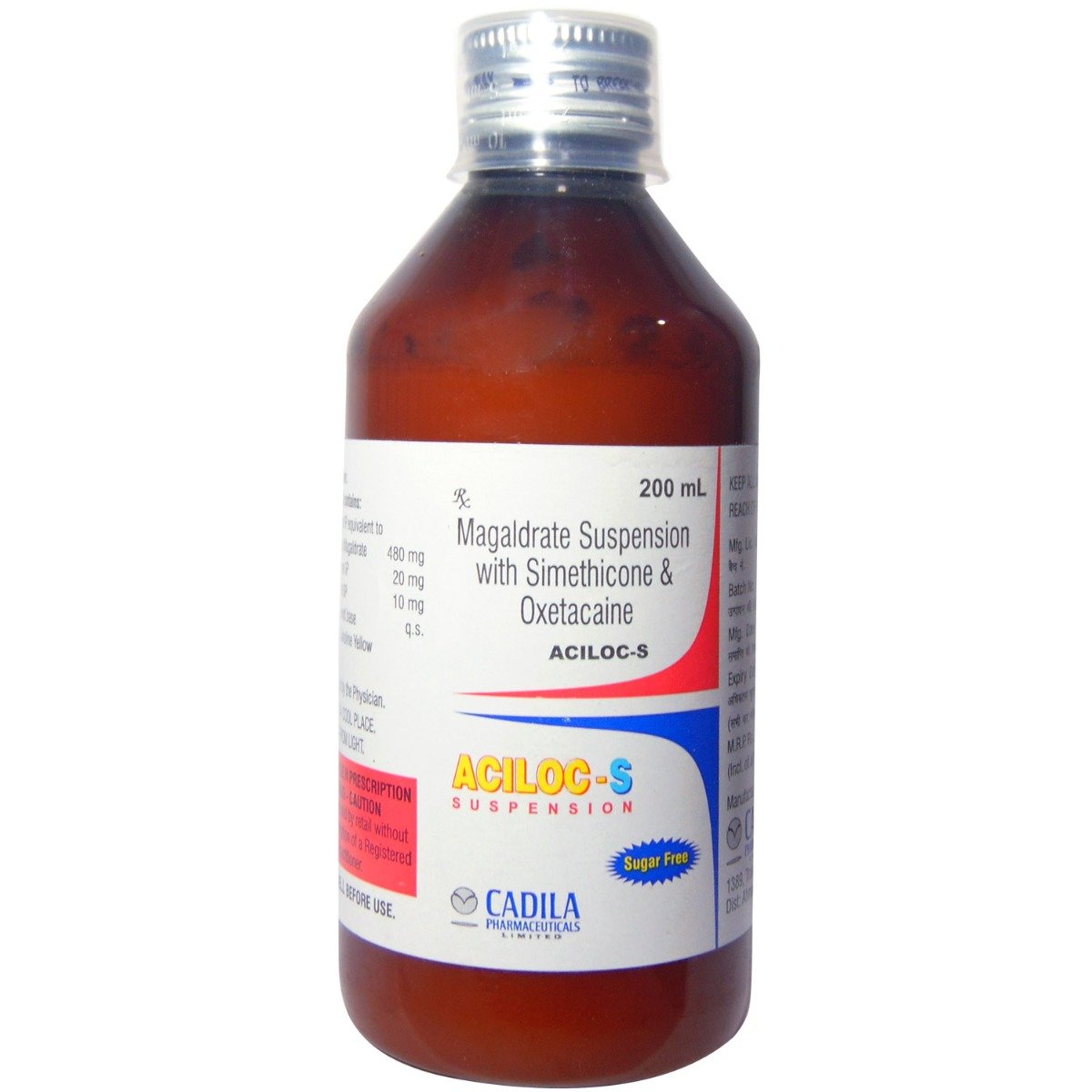
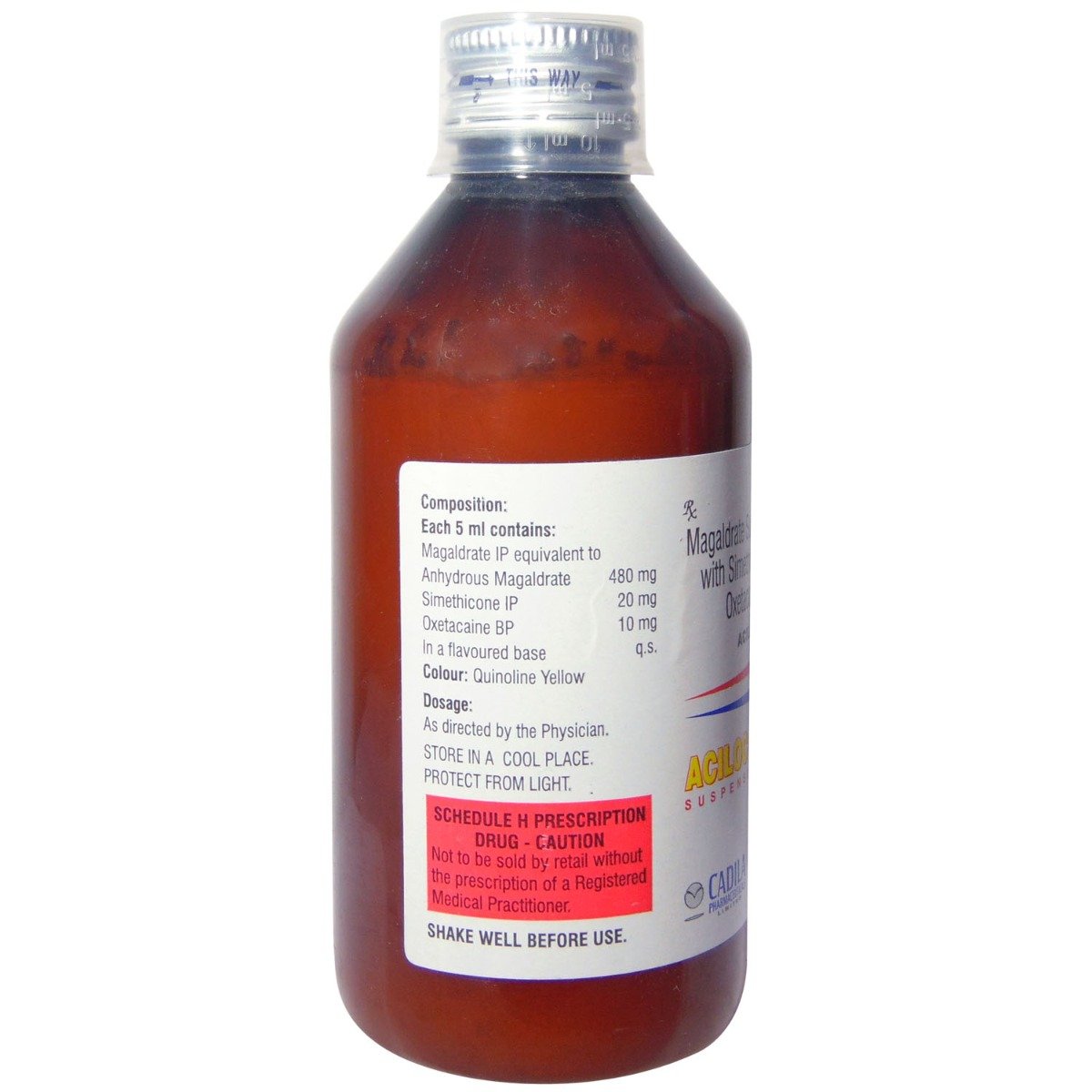
MRP ₹164
(Inclusive of all Taxes)
₹24.6 Cashback (15%)
know your delivery time
Provide Delivery Location
Composition :
Manufacturer/Marketer :
Consume Type :
Expires on or after :
Return Policy :

Secure Payment

Trusted by 8 Crore Indians

Genuine Products
Therapeutic Class
Country of origin
Manufacturer/Marketer address
Author Details
We provide you with authentic, trustworthy and relevant information
Disclaimer
Alcohol
Safe if prescribed
Avoid consumption of alcohol while taking Aciloc-S Sugar Free Suspension . Alcohol intake leads to increased production of stomach acid, thereby increasing acidity and heartburn.
Pregnancy
Consult your doctor
Please consult your doctor before taking Aciloc-S Sugar Free Suspension if you are pregnant.
Breast Feeding
Consult your doctor
Consult your doctor before taking Aciloc-S Sugar Free Suspension ; your doctor will decide whether Aciloc-S Sugar Free Suspension can be taken by breastfeeding mothers or not.
Driving
Safe if prescribed
Aciloc-S Sugar Free Suspension does not affect your ability to drive.
Liver
Consult your doctor
Consult your doctor before taking Aciloc-S Sugar Free Suspension if you have a liver impairment or any concerns regarding this.
Kidney
Consult your doctor
Consult your doctor before taking Aciloc-S Sugar Free Suspension if you have kidney impairment or any concerns regarding this.
Children
Safe if prescribed
Aciloc-S Sugar Free Suspension should not be given to children as safety and effectiveness were not established.
Product Substitutes
About Aciloc-S Sugar Free Suspension
Aciloc-S Sugar Free Suspension belongs to a group of antacids, antiulcerants used to treat acidity, heartburn, gas, and stomach ulcers. The stomach is usually protected from acid by a mucous layer. In some cases, due to excess acid production, the mucous layer gets eroded, which leads to complications like acidity and heartburn. Bloating occurs when the abdomen is filled with gas or air.
Aciloc-S Sugar Free Suspension is a combination of three drugs: Magaldrate, Simethicone, and Oxetacaine. Magaldrate works by neutralising excess stomach acid. Simethicone works by decreasing gas bubbles' surface tension, thereby facilitating gas expulsion through flatus or belching (burping). It also prevents the accumulation and formation of gas in the digestive tract. Oxetacaine exerts a numbing effect, thereby provides relief from pain due to ulcers or acidic injury in the stomach.
You are advised to take Aciloc-S Sugar Free Suspension for as long as your doctor has prescribed it for you, depending on your medical condition. You may experience certain common side-effects such as constipation, diarrhoea, and intestinal pain in some cases. Most of these side-effects do not require medical attention and will resolve gradually over time. However, you are advised to talk to your doctor if you experience these side-effects persistently.
Avoid taking aluminium and magnesium-containing antacids with Aciloc-S Sugar Free Suspension . Aluminium-containing antacids and Aciloc-S Sugar Free Suspension could lead to constipation and intestinal obstruction, whereas magnesium-containing antacids might cause diarrhoea. Consult your doctor if you are pregnant or breastfeeding. Aciloc-S Sugar Free Suspension should not be given to children as safety has not been established. Avoid consuming alcohol along with Aciloc-S Sugar Free Suspension as it could lead to increased acidity.
Uses of Aciloc-S Sugar Free Suspension
Medicinal Benefits Mweb
Key Benefits
Aciloc-S Sugar Free Suspension belongs to a group of antacids, antiulcerants used to treat acidity, heartburn, gas, and stomach ulcers. Aciloc-S Sugar Free Suspension is a combination of three drugs: Magaldrate (antacid), Simethicone (anti-flatulent), and Oxetacaine (Local anaesthetic). Magaldrate works by neutralising excess stomach acid. Simethicone is a mixture of silica gel and dimethicone. It is also known as activated dimethicone. Simethicone works by decreasing the surface tension of gas bubbles, thereby facilitating gas expulsion through flatus or belching (burping). It also prevents the accumulation and formation of gas in the digestive tract. Oxetacaine exerts a numbing effect, thereby providing relief from pain due to ulcers or acidic injury in the stomach.
Directions for Use
Side Effects of Aciloc-S Sugar Free Suspension
- Constipation
- Diarrhoea
- Intestinal pain
Drug Warnings
Do not take Aciloc-S Sugar Free Suspension if you are allergic to any of its contents. Inform your doctor before taking Aciloc-S Sugar Free Suspension if you have a history of appendicitis, blockage of the bowel, rectal bleeding, kidney problems; if you are on a low-magnesium diet, or if you have undergone recent bowel surgery. Avoid taking aluminium and magnesium-containing antacids with Aciloc-S Sugar Free Suspension . Aluminium-containing antacids, along with Aciloc-S Sugar Free Suspension could lead to constipation and intestinal obstruction, whereas magnesium-containing antacids might cause diarrhoea. Consult your doctor if you are pregnant or breastfeeding. Avoid consuming alcohol along with Aciloc-S Sugar Free Suspension as it could lead to increased acidity.
Drug-Drug Interactions
Drug-Drug Interactions
Login/Sign Up
Aciloc-S Sugar Free Suspension 200 ml can make Gefitinib less effective by reducing its absorption and lowering its concentration in the blood.
How to manage the interaction:
Taking Gefitinib with Aciloc-S Sugar Free Suspension 200 ml together can result in an interaction, but it can be taken if your doctor has advised it. it is recommended that you take gefitinib 6 hours before or 6 hours after Aciloc-S Sugar Free Suspension 200 ml to help minimize the interaction. Do not stop using any medications without a doctor's advice.
Taking dolutegravir with Aciloc-S Sugar Free Suspension 200 ml can reduce the effectiveness of dolutegravir.
How to manage the interaction:
Although taking Dolutegravir and Aciloc-S Sugar Free Suspension 200 ml together can possibly result in an interaction, they can be taken together if prescribed by your doctor. It is advised to take dolutegravir either two hours before or six hours after taking a dose of Aciloc-S Sugar Free Suspension 200 ml. Do not discontinue using any medications without consulting a doctor.
Drug-Food Interactions
Drug-Food Interactions
Login/Sign Up
Drug-Diseases Interactions
Drug-Diseases Interactions
Login/Sign Up
Drug-Drug Interactions Checker List
- RAMIPRIL
- LEVOTHYROXINE SODIUM
- PHENYTOIN
- ALUMINUM HYDROXIDE
- MAGNESIUM HYDROXIDE
Habit Forming
Diet & Lifestyle Advise
- Eat smaller meals more often.
- Avoid smoking and alcohol consumption. Alcohol intake leads to increased production of stomach acid, thereby increases acidity and heartburn.
- Maintain a healthy weight by regular exercising.
- Avoid lying down after eating to prevent acid backflow.
- Maintain a healthy weight by regular exercising.
- Practise relaxation techniques and avoid stress by doing yoga or meditation.
- Avoid foods such as high-fat food, spicy food, chocolates, citrus fruits, pineapple, tomato, onion, garlic, tea and soda.
- Avoid sitting continuously as it may trigger acidity. Take a break of 5minutes every hour by doing brisk walking or stretching.
All Substitutes & Brand Comparisons
RX
Out of StockMegagel Plus Suspension
₹69.3
(₹0.31/ 1ml)
58% CHEAPERRX
Out of StockMagsil-O Suspension 200 ml
Medizone Biotech Pvt Ltd
₹79
(₹0.36/ 1ml)
51% CHEAPERRX
Out of StockAnburn O Suspension
BRD MediLabs
₹74.5
(₹0.39/ 1ml)
47% CHEAPER
Buy best Gastro Enterology products by
Abbott India Ltd
Sun Pharmaceutical Industries Ltd
Alkem Laboratories Ltd
Cipla Ltd
Torrent Pharmaceuticals Ltd
Intas Pharmaceuticals Ltd
Mankind Pharma Pvt Ltd
Lupin Ltd
Dr Reddy's Laboratories Ltd
Aristo Pharmaceuticals Pvt Ltd
Alembic Pharmaceuticals Ltd
Wallace Pharmaceuticals Pvt Ltd
La Renon Healthcare Pvt Ltd
Leeford Healthcare Ltd
Macleods Pharmaceuticals Ltd
J B Chemicals & Pharmaceuticals Ltd
Zydus Healthcare Ltd
Micro Labs Ltd
Zydus Cadila
Fourrts India Laboratories Pvt Ltd
Morepen Laboratories Ltd
Zuventus Healthcare Ltd
FDC Ltd
Eris Life Sciences Ltd
Cadila Pharmaceuticals Ltd
Medishri Healthcare Pvt Ltd
Alniche Life Sciences Pvt Ltd
Medley Pharmaceuticals Ltd
Tas Med India Pvt Ltd
Signova Pharma
Tablets India Ltd
Elder Pharmaceuticals Ltd
Wockhardt Ltd
Emcure Pharmaceuticals Ltd
Sanatra Healthcare Ltd
Glenmark Pharmaceuticals Ltd
Blue Cross Laboratories Pvt Ltd
East West Pharma India Pvt Ltd
Hetero Drugs Ltd
Indoco Remedies Ltd
Vasu Organics Pvt Ltd
Biological E Ltd
Primus Remedies Pvt Ltd
Akumentis Healthcare Ltd
Corona Remedies Pvt Ltd
Pfizer Ltd
Albert David Ltd
DR Johns Lab Pharma Pvt Ltd
Ajanta Pharma Ltd
Cadila Healthcare Ltd
Ipca Laboratories Ltd
Ordain Health Care Global Pvt Ltd
Systopic Laboratories Pvt Ltd
Ozone Pharmaceuticals Ltd
Foregen Healthcare Ltd
Medgen Drugs And Laboratories Pvt Ltd
Panacea Biotec Ltd
Samarth Life Sciences Pvt Ltd
Shine Pharmaceuticals Ltd
Adonis Laboratories Pvt Ltd
Dey's Medical Stores (Mfg) Ltd
Eskag Pharma Pvt Ltd
Hetero Healthcare Pvt Ltd
Indchemie Health Specialities Pvt Ltd
Meyer Organics Pvt Ltd
RPG Life Sciences Ltd
Troikaa Pharmaceuticals Ltd
Biochem Pharmaceutical Industries Ltd
Shreya Life Sciences Pvt Ltd
Sinsan Pharmaceuticals Pvt Ltd
3M India Ltd
Chemo Healthcare Pvt Ltd
Levin Life Sciences Pvt Ltd
Meridian Enterprises Pvt Ltd
Overseas Health Care Pvt Ltd
Saf Fermion Ltd
Sanzyme Pvt Ltd
Steris Healthcare
USV Pvt Ltd
Seagull Pharmaceutical Pvt Ltd
Votary Laboratories (India) Ltd
Win Medicare Ltd
Yuventis Pharmaceuticals
Aar Ess Remedies Pvt Ltd
Caplet India Pvt Ltd
Piramal Enterprises Ltd
Sanofi India Ltd
Cnx Health Care Pvt Ltd
Galpha Laboratories Ltd
Intra Labs India Pvt Ltd
Kinesis Pharmaceuticals Pvt Ltd
Msn Laboratories Pvt Ltd
Olcare Laboratories Pvt Ltd
Rapross Pharmaceuticals Pvt Ltd
Ronyd Healthcare Pvt Ltd
Saffron Therapeutics Pvt Ltd
Solariz Healthcare Pvt Ltd
Syndicate Life Sciences Pvt Ltd
Aurz Pharmaceutical Pvt Ltd
Biophar Lifesciences Pvt Ltd
Frequently Bought Together
Customers Also Bought

_0.jpg?tr=q-85)



